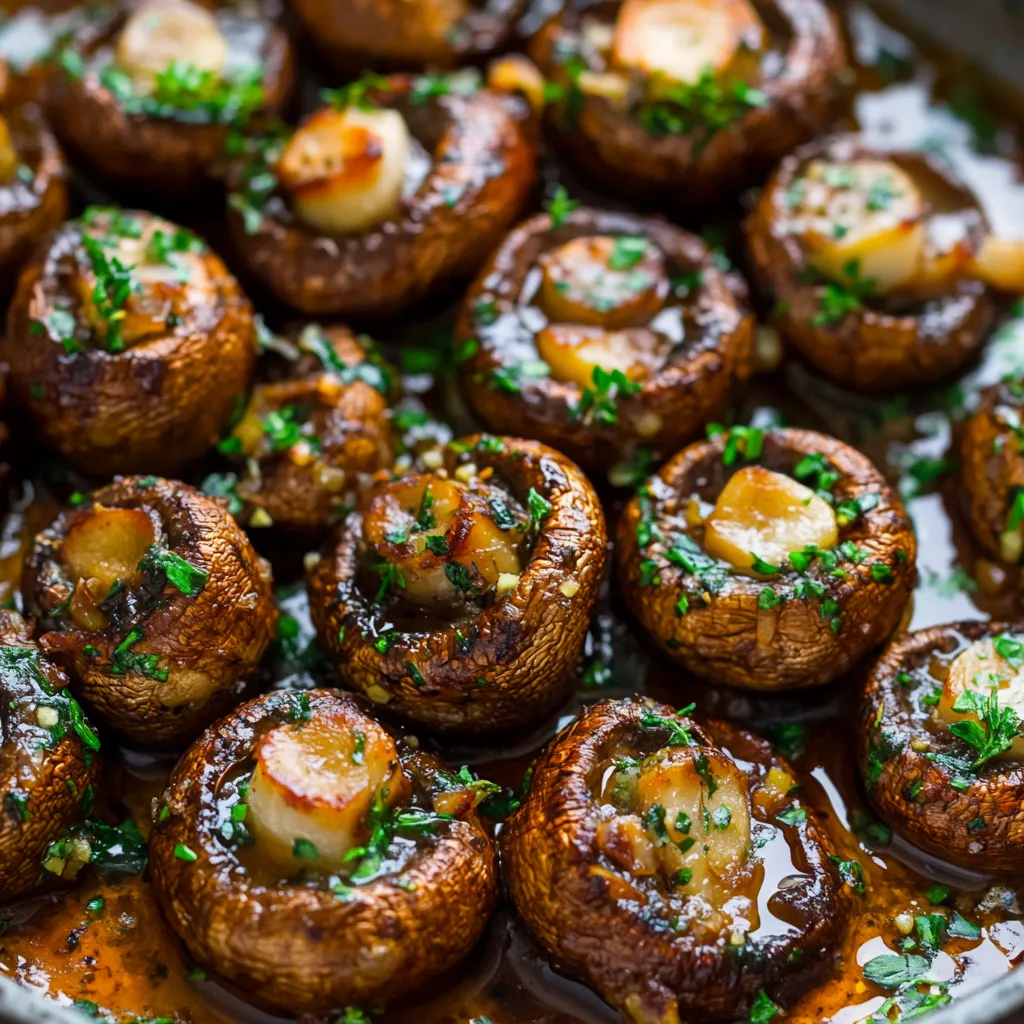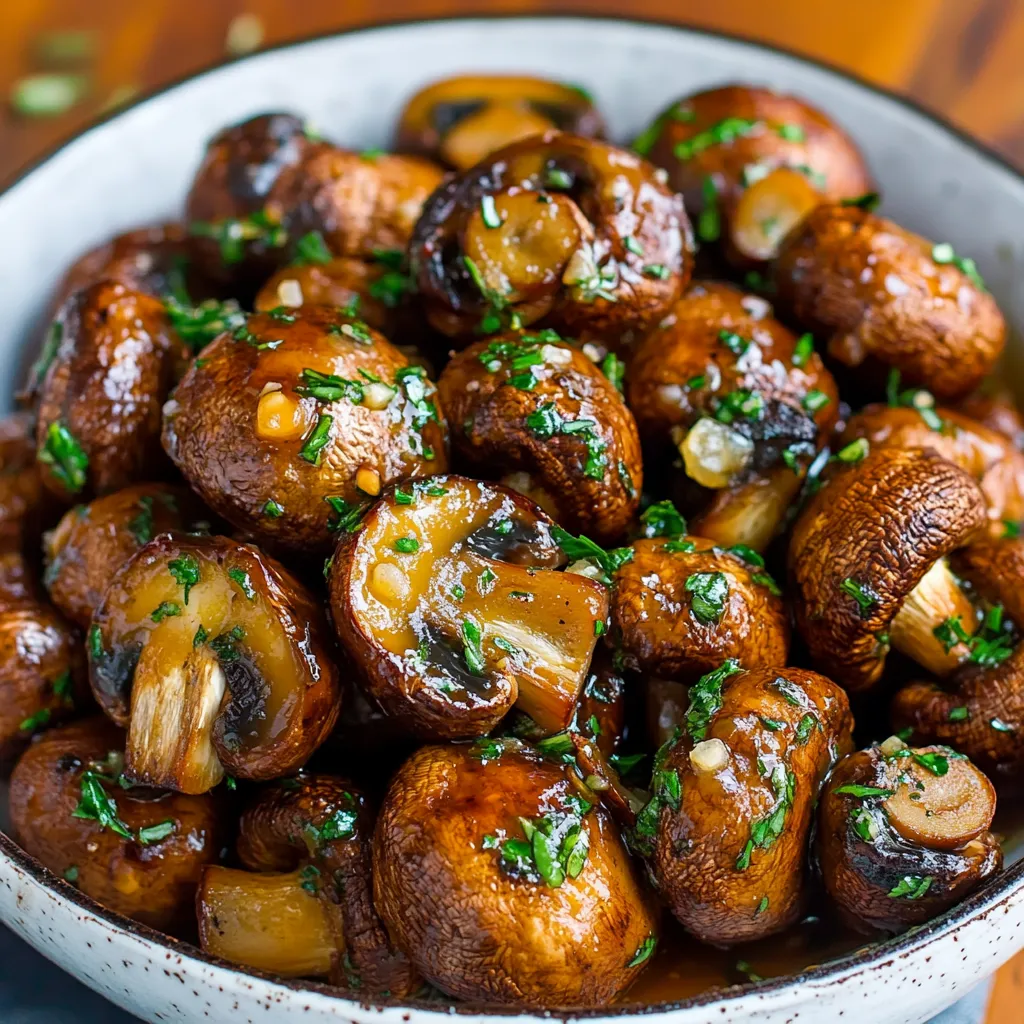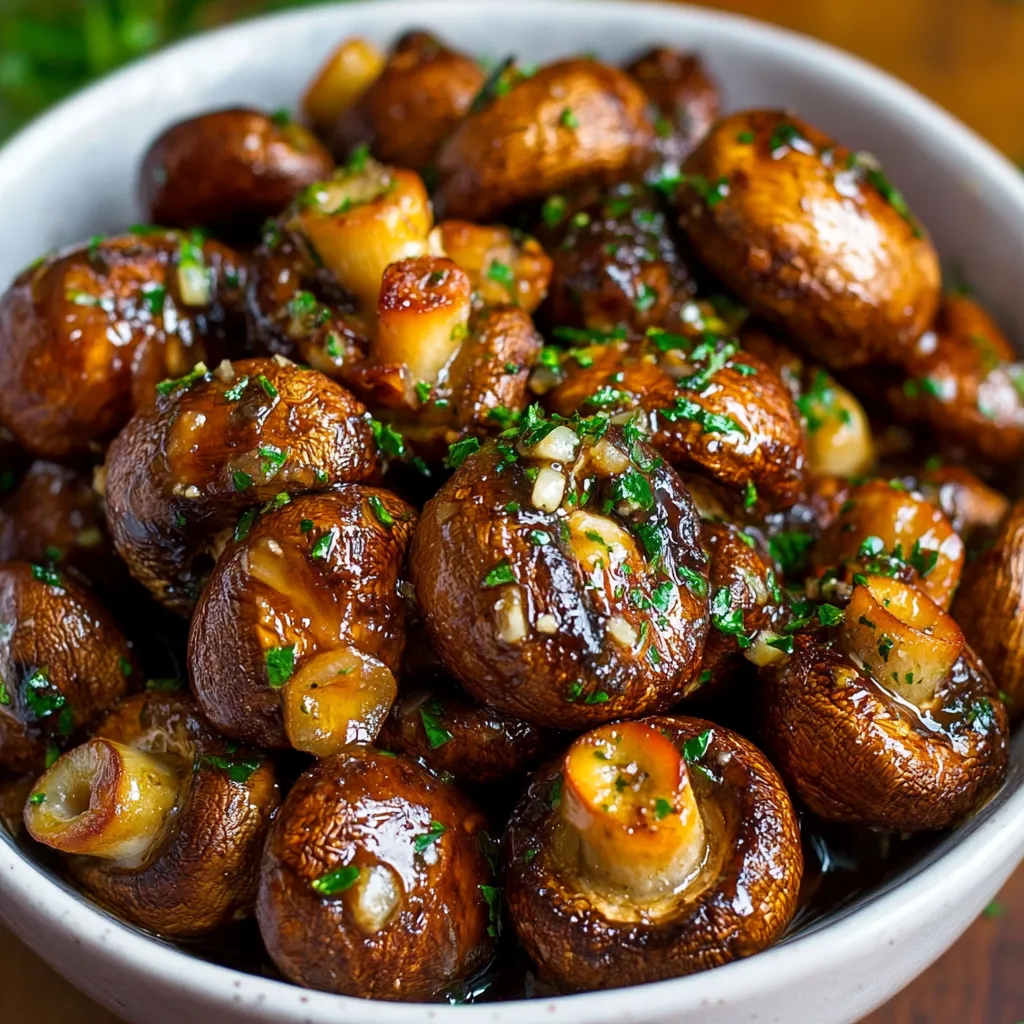 Pin it
Pin it
These homemade fruit snacks transform simple ingredients into delightful, chewy treats that capture the vibrant flavors of fresh fruit without any artificial additives. The combination of real fruits and vegetables creates naturally beautiful colors while providing genuine nutritional benefits. The grass-fed gelatin adds protein and supports gut health, making these treats something you can feel good about enjoying or sharing with your family.
I started making these after discovering my son's "healthy" store-bought fruit snacks contained more corn syrup than fruit. The first time I set these homemade versions on the table, my kids devoured them without realizing they were eating vegetables too! Now they ask to help make them, turning snack preparation into a fun kitchen activity.
Ingredients
- Fresh fruit: Choose ripe, flavorful fruits for the best natural sweetness; frozen fruit works well too if thawed first.
- Vegetables: These add nutrition and natural color without overwhelming the fruit flavors; choose mild options like spinach or zucchini if serving to selective eaters.
- Apple juice: Provides liquid for blending while adding sweetness; choose 100% juice without added sugars for the cleanest flavor.
- Raw honey: Offers natural sweetness with beneficial enzymes; local honey can even help with seasonal allergies for some people.
- Grass-fed gelatin: This protein-rich thickener creates the perfect chewy texture while providing gut-healing amino acids; quality matters for both nutrition and texture.
Cooking Instructions
- Prepare your workspace strategically
- Set up your silicone molds on a baking sheet or lined cutting board before beginning. This makes them easier to transport to the refrigerator without spilling.
- Create the perfect puree
- Start with small batches of fruit and minimal liquid in your blender, adding more juice only as needed to achieve a smooth consistency.
- Balance flavors thoughtfully
- Taste your fruit mixture before adding honey and adjust sweetness accordingly.
- Master the gelatin technique
- Sprinkle the gelatin evenly over your warm fruit mixture while whisking constantly to prevent clumping.
- Control the temperature carefully
- Keep your mixture below simmering temperature (around 170°F is ideal) – boiling can damage the gelatin’s setting properties.
- Fill molds with precision
- Use a plastic dropper or small measuring spoon with a spout to fill detailed silicone molds.
- Ensure proper setting
- Allow at least two hours in the refrigerator for complete setting.
- Store appropriately for freshness
- Layer fruit snacks between sheets of parchment paper in an airtight container to prevent sticking.
 Pin it
Pin it
The Magic of Natural Food Colors
The vibrant colors in these snacks come entirely from fruits and vegetables, offering not just visual appeal but nutritional benefits.
Gelatin's Hidden Benefits
Beyond creating that perfect chewy texture, grass-fed gelatin contains glycine and proline, amino acids that support joint health and gut healing.
Creative Flavor Combinations
Experiment with seasonal produce and complementary flavors like watermelon-mint, mango-turmeric, and raspberry-lemon.
Kid-Friendly Kitchen Project
Making these fruit snacks together creates opportunities to discuss food origins, colors, and nutrition with children.
Lunchbox Stability Tips
For packing in lunchboxes, keep these fruit snacks chilled until the last minute and include a small ice pack.
Seasonal Adaptation Ideas
Adapt this recipe throughout the year using seasonal produce for the freshest flavors and best value.
Special Dietary Considerations
These fruit snacks naturally accommodate many dietary needs – they’re gluten-free, dairy-free, and can be made with alternative sweeteners like maple syrup.
 Pin it
Pin it
These homemade fruit snacks show that nutritious food can be both delicious and appealing. I’ve brought these to school functions and birthday parties where parents and kids alike ask for the recipe. What begins as a practical alternative to store-bought options becomes a creative project that connects us to our food. Whether you’re making these for lunchboxes or healthy snacking, they represent a small but meaningful step toward mindful eating.
Frequently Asked Questions
- → Can I use different types of mushrooms for this recipe?
- Yes, this recipe works well with various mushroom varieties. While cremini or button mushrooms are specified, you can use portobello (cut into chunks), shiitake (stems removed), oyster mushrooms, or even a mixed mushroom medley for more complex flavors and textures.
- → How can I make these Honey Garlic Roasted Mushrooms vegan?
- To make this recipe vegan, simply substitute the honey with maple syrup or agave nectar. The flavor profile will be slightly different but equally delicious, and all other ingredients in the recipe are already plant-based.
- → What can I serve with these mushrooms?
- These versatile mushrooms pair wonderfully with grilled or roasted meats, especially steak or chicken. They also make a great side dish for risotto or pasta, can be served over creamy polenta, or added to grain bowls. For an appetizer, serve them with toothpicks or on crostini with a smear of goat cheese.
- → Can I prepare these mushrooms in advance?
- Yes, you can prepare the sauce and clean the mushrooms up to a day ahead, storing them separately in the refrigerator. For best texture and flavor, it's recommended to roast them just before serving. If you need to reheat leftovers, a quick 5-minute roast at 375°F will help restore their texture.
- → How do I know when the mushrooms are perfectly roasted?
- Perfectly roasted mushrooms will be golden brown with caramelized edges, tender when pierced with a fork, and most of the liquid released during cooking will have evaporated. The sauce should be reduced to a sticky glaze that coats the mushrooms.
